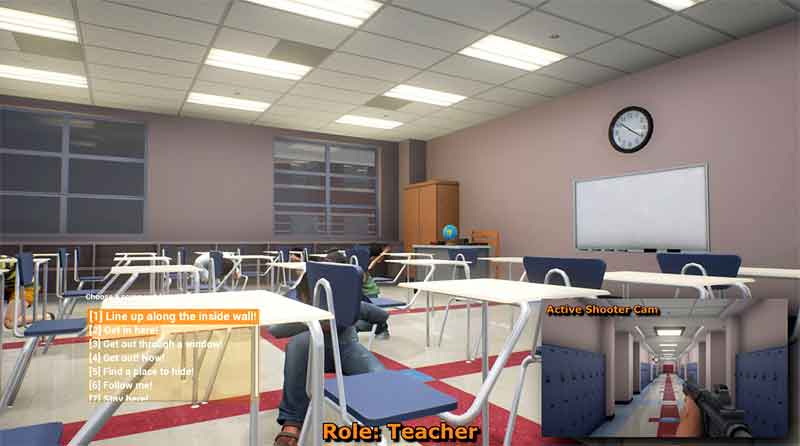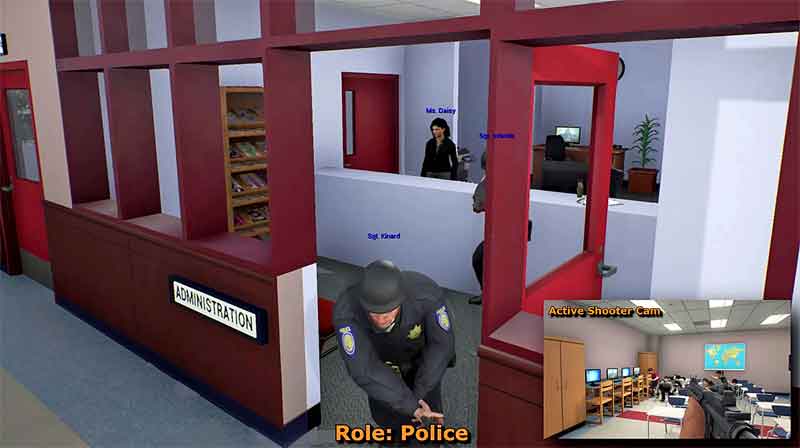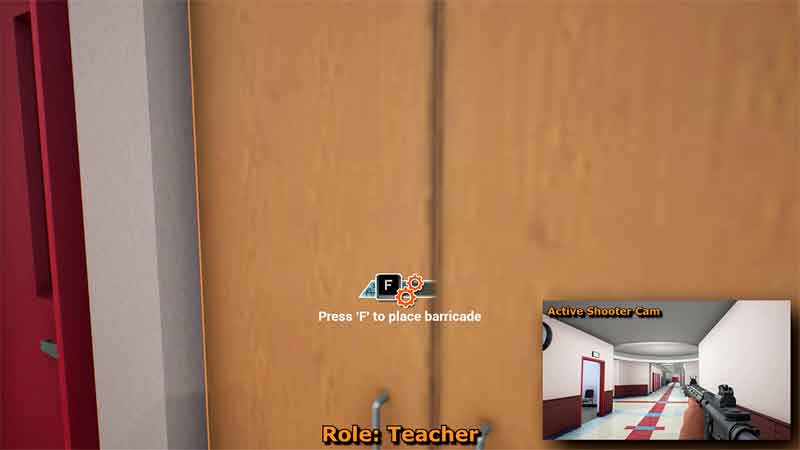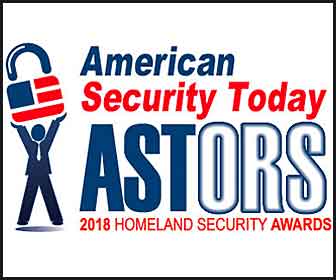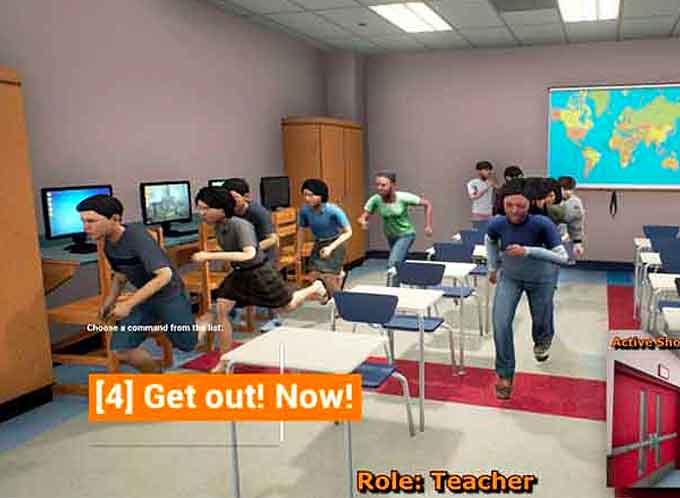
The Department of Homeland Security (DHS), Science and Technology (S&T) Directorate, Four-Time Platinum ‘Excellence in Homeland Security’ Award Winner in the 2017 ‘ASTORS’ Homeland Security Awards Program, has rolled out a new version of their award-winning EDGE Virtual Training program.
 The DHS S&T’s First Responders Group (FRG) partnered with the U.S. Army Research Laboratory’s Simulation and Training Technology Center and Cole Engineering Services, to capitalize on work the Army was already doing for virtual training for where in-person training was logistically difficult or expensive, and modified the concept for first responder use.
The DHS S&T’s First Responders Group (FRG) partnered with the U.S. Army Research Laboratory’s Simulation and Training Technology Center and Cole Engineering Services, to capitalize on work the Army was already doing for virtual training for where in-person training was logistically difficult or expensive, and modified the concept for first responder use.
Enhanced Dynamic Geo-Social Environ (EDGE) Virtual Online Training offers a multiplayer, scalable, online environment to train first responders — either within a single agency or across agencies, jurisdictions, or disciplines — for a coordinated critical incident response.
This new updated version of EDGE, will allow first responders, teachers, and staff working at schools across the US, to train for response to and intervention in the event of an school shooting scenario and other critical incidents.
The program was designed using established gaming software to allow various agencies and school staff to train through active shooter scenarios, but make no mistake – EDGE is NOT a GAME.
(Using video game technology and animation, the U.S. Army and Homeland Security Department have developed a computer-based simulator that can train everyone from teachers to first responders on how to react to an active shooter scenario. Courtesy of AP and YouTube. Posted on Dec 26, 2017)
The purpose of the program is to train the personnel in the school how to respond to an active shooter situation during the minutes prior to law enforcement showing up (as well as after law enforcement personnel are on the scene) and to minimize the risks to the lives and maximize the chances of survivability.
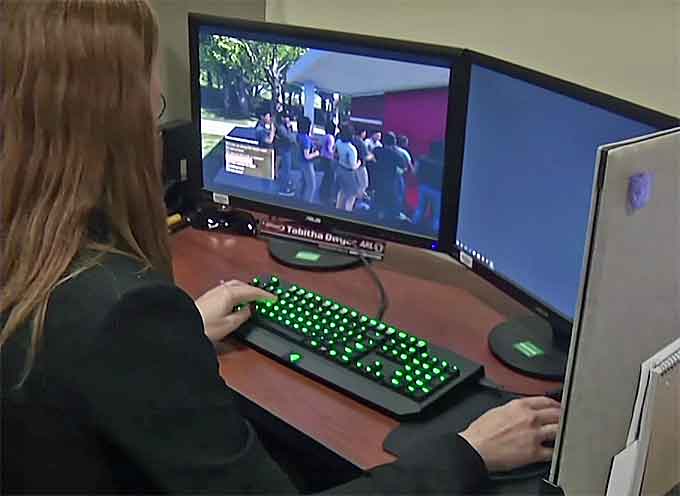
The law enforcement officers are training on those aspects as well, not just seeking to neutralize the shooter, but also keeping everyone safe.
This new EDGE program was developed with input of first response members, and with lessons learned from actual incidents, including the Columbine High School massacre which took place on April 20, 1999, in Columbine, Colorado, and the Sandy Hook Elementary School shooting which occurred on December 14, 2012, in Newtown, Connecticut Sandy Hook.
Research and development included original dispatch tapes, interviews and eyewitness accounts of these, and other active shooter events.

In this new scenario first responding law enforcement officers, teachers and school staff will be able to effectively train together with other team members, and are afforded the opportunity to step into one another’s ‘roles’ as avatars – to experience first hand what each member faces in these terrifying incidents.
There are six roles that trainees would participate as: teacher, school administrative staff, law enforcement, school resource officer, student, and suspect.
The roles were created to broaden the applicability of the training across a range of potential trainees and situations.
For instance, schools that have SROs will certainly deal with a situation differently than those that don’t.
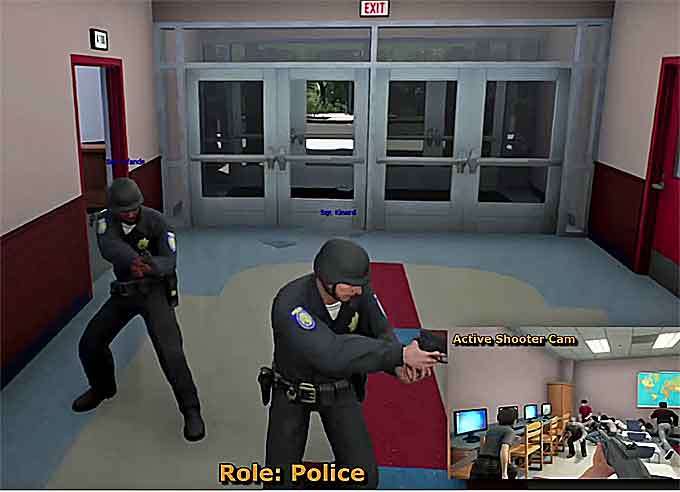
While the EDGE program is not designed for students themselves, teachers and school staff may choose to take what they’ve learned and perform live drills with students to practice protection and escape procedures, like they do with practicing for emergencies with fire drills.
For example, in the role of ‘teacher’ the team member training will be given a series of options to choose from to decide how best to protect their ‘virtual’ students.
To maximize the immersion experience, EDGE offers extensive character customization and weapons kit available to approved team members.

“We can prevent a lot of these deaths, we can prepare people better, we can make this a safer environment if we can get it into the hands of the right people,” explains Tami Griffith, one of the lead engineers on the project at U.S. Army Research, Development and Engineering Command (RDECOM).
The initial version of EDGE was developed for first responders to provide a multidisciplinary training environment so police, firefighters, EMS, dispatch and command-and-control personnel could train together for an active shooter or other critical incident scenario.
That initial scenario rolled out in June 2017, using a hotel setting, which enabled a multitude of environments to train in – everything from large event rooms, to individual hotel rooms, basements, utility rooms, kitchens, restaurants, etc.
This also allowed for training for a variety of scenarios, including active shooter, hostage situations, fire and arson, and other incidents.
This is vitally important for cross-disciplinary training in the first responder realm.
(This video describes advances in the free computer-based training tool, including a virtual school environment for multi-agency training for active shooter incidents. Courtesy of DHS Science and Technology Directorate and YouTube)
More than 500 responder agencies in 48 states are currently accessing the hotel scenario version.
The new updated version of EDGE, expected to be out in the Spring, includes the school shooting scenario, and will be available to eligible first responders and authorized school staff at no cost.

Access to this program will be limited to verified and validated law enforcement agencies and school administrators.
Access must be requested, and, once the requestor has been verified as a valid law enforcement agency or school system administrator, access will be provided at no cost, along with all of the accompanying training materials.
EDGE is a training environment that is intended to be a group tool where multiple trainees can assume any of the roles above to execute the desired training.
It is not intended to be a single-trainee environment.

virtual hotel.
EDGE is not a training course in the traditional sense, but rather it is a tool instructors use to train their first responder teams in a safe environment, where scenarios can be changed or re-run as many times as necessary to provide a wide range of training possibilities.
EDGE also has an after-action review capability where training sessions can be replayed with full pause, rewind, and fast-forward controls to highlight key training points.
EDGE will be used as part of a larger training effort and comes with guidance on how to maximize the benefits of training.
While the new EDGE version is currently focused on surviving an active shooter incident, it can be adopted for response to any crisis.
Who can access and train with EDGE?
EDGE is currently available free of charge to all first responder organizations, including:
- Federal, state, local, tribal, or territorial government law enforcement organizations
- Federal, state, local, tribal, or territorial government or volunteer fire fighting organizations
- Federal, state, local, tribal, or territorial government or validated for profit emergency medical services organizations
- Federal, state, local, tribal, or territorial government emergency management organizations
How to obtain EDGE
First responder agencies: visit www.cesiedgetraining.com to receive more information about obtaining copies of the EDGE software and setting up a user account.
You can also call 877-EDGE-011 (877-334-3011, select “3”) to reach the EDGE help desk.
What type of computer equipment is needed to run EDGE?

Minimum:
- Processor: Intel I5 2XXX (2nd generation)
- Memory: 8GB Memory
- Video Card: NVidia GEFORCE GTX 460 1024MB
- Hard Drive: 4 GB available Hard Drive Space
- Operating System: Windows 7 Home or Professional
- Additional Software Required and included:
- .NET Framework Redistributable 4.6
- Mouse
- Stereo headphones with microphone (for 3D sound)
Recommended:
- Processor: Intel® Core™i7-3930K 3.20GHz
- Memory: 16.0 GB
- Video Card: GeForce GTX 680 or greater
The 2017 ‘ASTORS’ Homeland Security Awards Program

The U.S. Department of Homeland Security Science (DHS) and Technology Directorate (S&T) has been recognized with Four 2017 ‘ASTORS’ ‘Excellence in Homeland Security’ Platinum Awards by American Security Today (AST), at the ISC East in New York City .
This awards program was organized by AST to recognize the most distinguished security vendors, as the nation continues to respond to escalating threats from home and abroad.
The innovative solutions being implemented to meet those threats has led to tremendous growth in the field of Homeland Security, and to this awards program for recognition of the key contributors to our nation’s security.
-
Department of Homeland Security (DHS) Science and Technology Directorate (S&T)
- Enhanced Dynamic Geo-Social Environ (EDGE) Virtual Online Training for First Responders Open at No Cost to All U.S. First Responders Agencies, Across Disciplines for Coordinated Response to Critical Incidents
- Excellence in Homeland Security
-
Department of Homeland Security (DHS) Science and Technology Directorate (S&T)
- Resilient Tunnel Plug (RTP) to Strengthen Mass Transportation Critical Infrastructure from Disruptive Flood Events
- Excellence in Homeland Security
-
Department of Homeland Security (DHS) Science and Technology Directorate (S&T) First Responders Group (FRG)
- Flood Apex Program, Applying New & Emerging Technologies to Improve Community Resilience from Flood Disasters, Reduce Fatalities and Property Loss
- Excellence in Homeland Security
-
Department of Homeland Security (DHS) Science and Technology Directorate (S&T) Homeland Security Advanced Research Projects (HSARPA)
- Surface Transportation Explosives Threat Detection (STETD) on Developing the Capacity to Detect Potential Threat Items Throughout Rail and Subway Systems Without Alerting the Subject or Negatively Impacting the Speed of Travel
- Excellence in Homeland Security

Over 100 distinguished guests from National, State and Local Governments, and Industry Leading Corporate Executives from companies allied to Government, gathered from across North America and the Middle East to be honored from disciplines across the Security Industry in their respective fields which included:
- The Department of Homeland Security
- The Department of Justice
- The Security Exchange Commission
- State and Municipal Law Enforcement Agencies
- Leaders in Private Security












